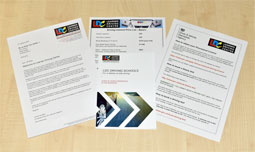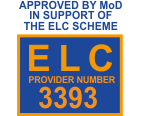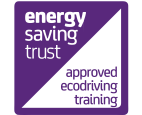Driving lesson 6. Hazard Drill
Introduction
Once you have perfected your basic control skills you will be ready to learn the procedures necessary to navigate safely round our road systems. We will start with basic junctions and in particular how to turn safely into side roads and emerge from them. This requires the application of the Hazard Drill - a slightly expanded version of the MSM routine.
Key learning notes
Hazard Drill (MSPSGL)
Each time you are presented with a potential or actual hazard on the road (i.e. anything that may require you to change speed, position or direction) you will go through the hazard drill one or more times. While each step of the drill needs to be considered in the order shown it need not necessarily be acted upon.
Mirrors - Use your interior mirror and side mirror(s) early. If appropriate take a sideways glance into your right or left blind spots. Repeat as necessary at any stage in the drill.
 Signal - Give signals in good time. Use signals to help or warn other road users. Be careful not to give misleading signals.
Signal - Give signals in good time. Use signals to help or warn other road users. Be careful not to give misleading signals.
Position - Determine the best position or course to negotiate the hazard. Think before you change position; be careful not to mislead others.
 Speed & Gear - Adjust your speed and select the most appropriate gear so that you can negotiate the hazard ahead and stop within the distance you can see to be clear.
Speed & Gear - Adjust your speed and select the most appropriate gear so that you can negotiate the hazard ahead and stop within the distance you can see to be clear.
Look - Before making your final decision to proceed look where you are going to make sure it is still safe to negotiate the hazard. Remember to look along the path you propose to travel and watch for any potential dangers at every step in the drill.
Approaching junctions to turn left
You will use the Hazard Drill to help you turn safely into a side road on the left. As you see a side road on the left that you want to turn into follow this procedure:
- M - check your interior mirror and left door mirror. Look along the course you propose to take.
- S - signal left, be careful to time your signal well so you do not mislead others.
- P - Maintain your normal driving position.
- S/G - start to slow the car down to a speed that will allow you to safely negotiate the turn, approximately 10 - 15mph. Select the gear most appropriate for the speed you are travelling.
- L - just before you make the turn, check your interior mirror and left door mirror, then take a final look into the side road to make sure it is still safe to turn.
- M - once in the new road glance in your interior mirror to check the new situation behind you before increasing speed and making progress.

It is important to remember when you are turning left you have priority over oncoming traffic turning right, however take a final look ahead to make sure that any traffic turning from the right is waiting for you to turn. You must give way to pedestrians crossing the road at the mouth of the junction.
Approaching junctions to turn right
You will use the Hazard Drill to help you turn safely into a side road on the right. As you see a side road on the right that you want to turn into follow this procedure:
- M - check your interior mirror and right door mirror. Look along the course you propose to take.
- S - signal right, be careful to time your signal well so you do not mislead others.
- P - when turning right take up a position just to the left of the centre line.
- S/G - start to slow the car down to a speed that will allow you to safely negotiate the turn, approximately 10 - 15mph. Select the gear most appropriate for the speed you are travelling.
- L - Just before you make the turn, check your interior mirror and right door mirror, then take a final look for oncoming traffic into the side road to make sure it is still safe to turn. The point at which you should start to steer is called 'the point of turn' and can be judged by imagining where the centre line of the road you are turning into crosses the centre line of the road you are on. When the front of your vehicle reaches this point, turn into the side road.
- M - once in the new road check your interior mirror to check the situation behind before increasing speed and making progress.
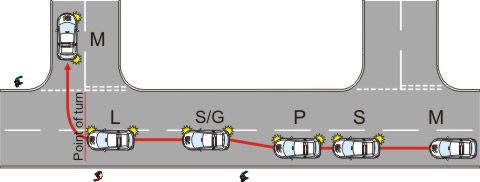
When turning right you have to give priority to oncoming traffic. You must also give way to pedestrians crossing the mouth of the junction.
If you find that you have to wait for oncoming traffic before turning into a side road on the right, follow these steps on approach to the junction:
- Stop just before the point of turn.
- Select first gear and be ready to move. If you have to wait for a while apply the handbrake.
- Wait for a safe gap in the oncoming traffic stream and prepare the car to move as the gap approaches.
- Just before your chosen gap appears, check your interior mirror and right door mirror again and then turn if it is safe to do so.


Emerging from a side road
The routine you should use to emerge from a side road onto the major road is the same as approaching a junction to turn into a side road. Use the Hazard Drill to safely complete your approach to the junction.
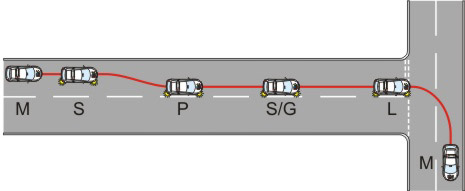
Observations on approach are critical to determine whether you can emerge without stopping and in which gear. Some junctions are open allowing you to take early observations, others are closed and restrict your view.

Extra consideration needs to be given before you emerge into the major road. Vehicles on the major road have priority over you therefore you may need to slow down or stop at the junction to allow them to pass before you emerge into a safe gap.
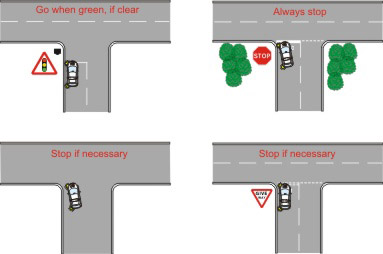
When approaching the junction you wish to emerge from you should look for these signs and road markings.
Highway Code study
Rules: 170 -172, 179, 180, 182, 183.


